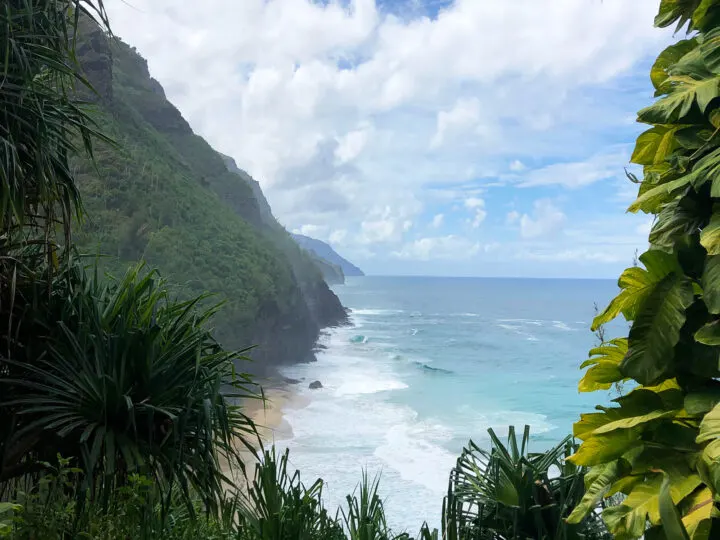Kata Tjuta and National Park
Kata Tjuta, or called the Olgas sometimes, consists of a group of big, domed rock formations situated around 360 kilometers southwest of Alice Springs, Central Australia. To learn more about it, read my list of 10 top must-know facts of Kata Tjuta and the national park.
1. How high is Kata Tjuta?
The highest dome of Kata Tjuta soars 546 meters over the plain, which happens to be the same height as New York's former World Trade Center.
2. When did Kata Tjuta turn into a national park?
In 1950, Ayers Rock initially became a national park. In 1958, Ayers Rock and Kata Tjuta were cut off from an Aboriginal reserve in order to form today's Ayers Rock - Mt Olga National Park. But in 1977, the park's name was revised to Uluru and Kata Tjuta National Park.
Then, after 35 years worth of campaigning, Anangu was recognized as the park's traditional owners and given the deeds of their homelands. Next, in 1993, the park once again was renamed officially to Uluru-Kata Tjuta National Park.
3. How long have Aboriginal people resided in Uluru-Kata Tjuta area?
Aboriginal people have existed here for several millennia. Archaeological findings now prove that they have inhabited Central Australia for over 30,000 years.
4. Who were the westerners to first come to Ulura and Kata Tjuta?
An explorer Ernest Giles and his group saw Kata Tjuta in 1872 while journeying through Central Australia. The next year, explorer William Gosse was the first European to spot Uluru.
5. Do the natives still reside traditionally?
The general Uluru-Kata Tjtua area is still a living cultural landscape. Anangu, the natives, are guided by Tjukurpa law to maintain their culture and keep the country strong.
If you visit this area, you might catch them dot painting, telling Tjukurpa stories, performing traditional song and dance, or gathering bush tucker.
6. Is it always dry and hot in the park?
During summer, the temperature can soar really high, while in winter the nightly temperature could drop as low as minus 7 degrees.
7. How many various kinds of animals live in this area?
There are many animal species found in this park, from 73 reptiles, 4 desert frogs, 21 different mammals to 178 birds.
8. Do shrimps live at Uluru?
Only sometimes. After heavy rains, little, tadpole-resembling crustaceans known as shield shrimps hatch in rock pools and waterholes in the park. But when the water finally dries up, these shield shrimp eggs dry up as well and could remain dormant for many years till the next major rainfall.
9. How many various kinds of plants exist in Uluru-Kata Tjuta National Park?
There are over 400 different plants growing in this park, of which several serve traditionally as medicine and bush foods.
10. How many people come to Uluru-Kata Tjuta National Park?
Each year over 250,000 people visit from everywhere to experience the park's natural and cultural marvels.
7 Top Money-Saving Tips for Traveling to Australia

